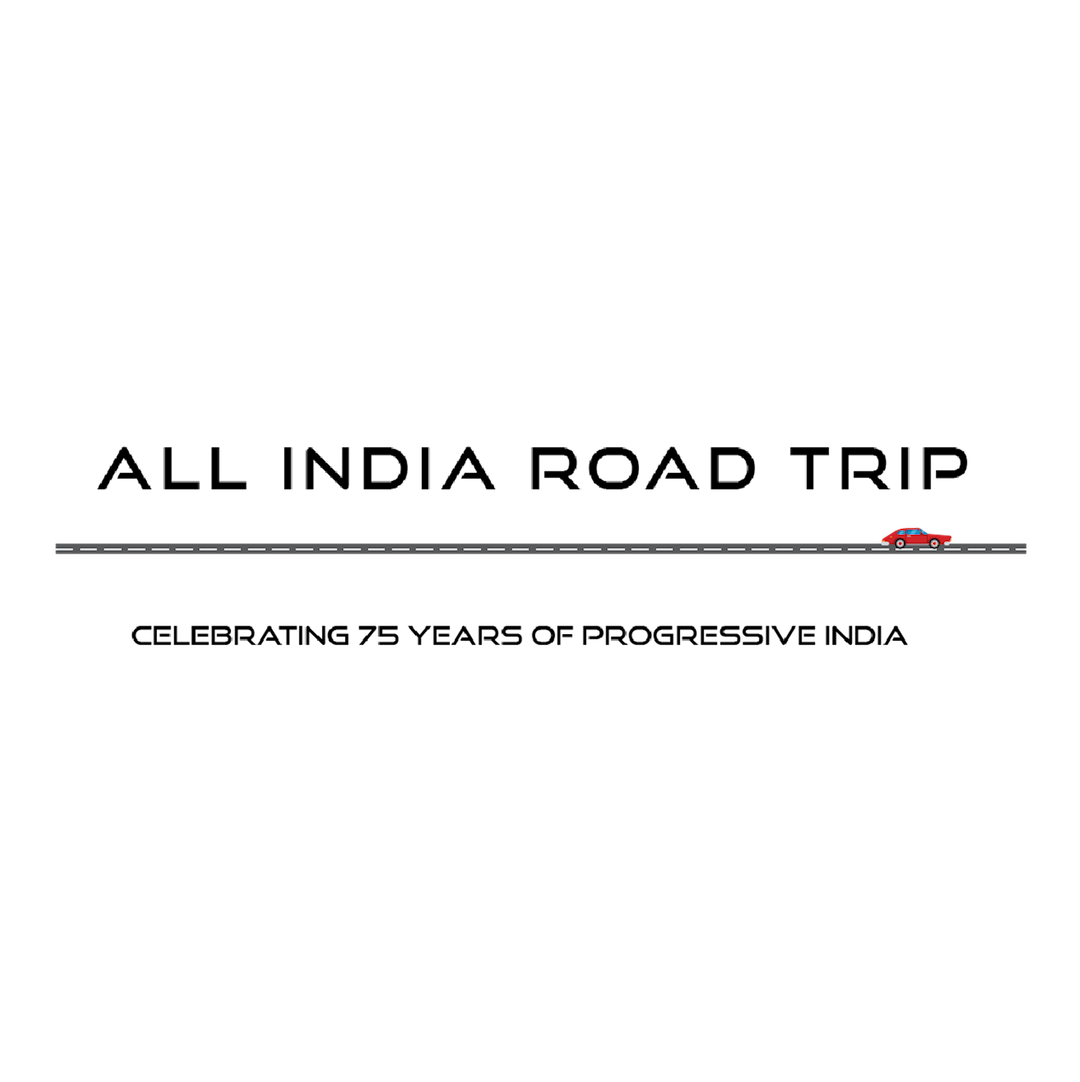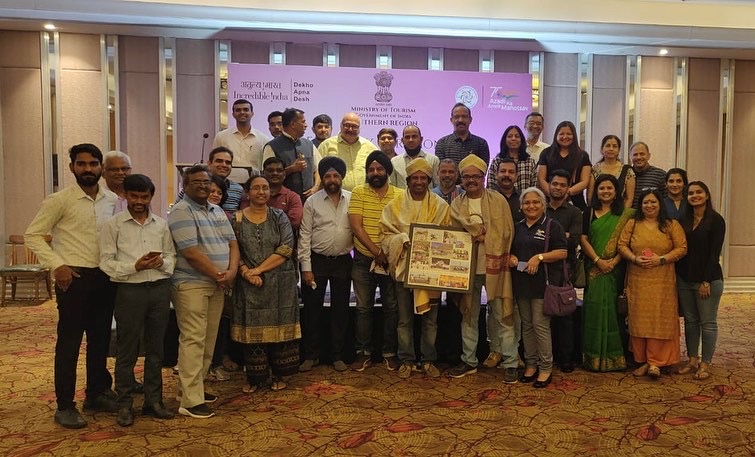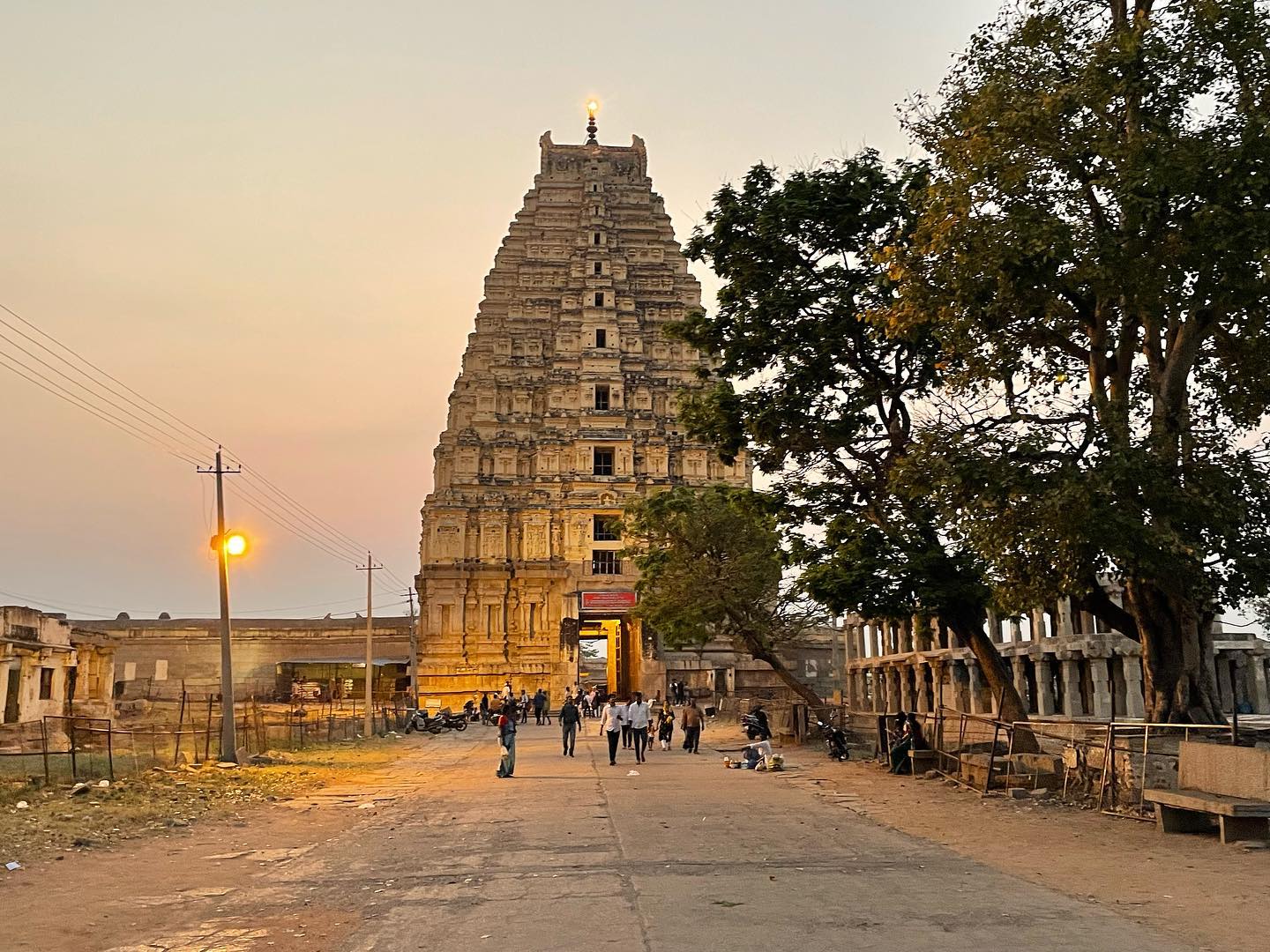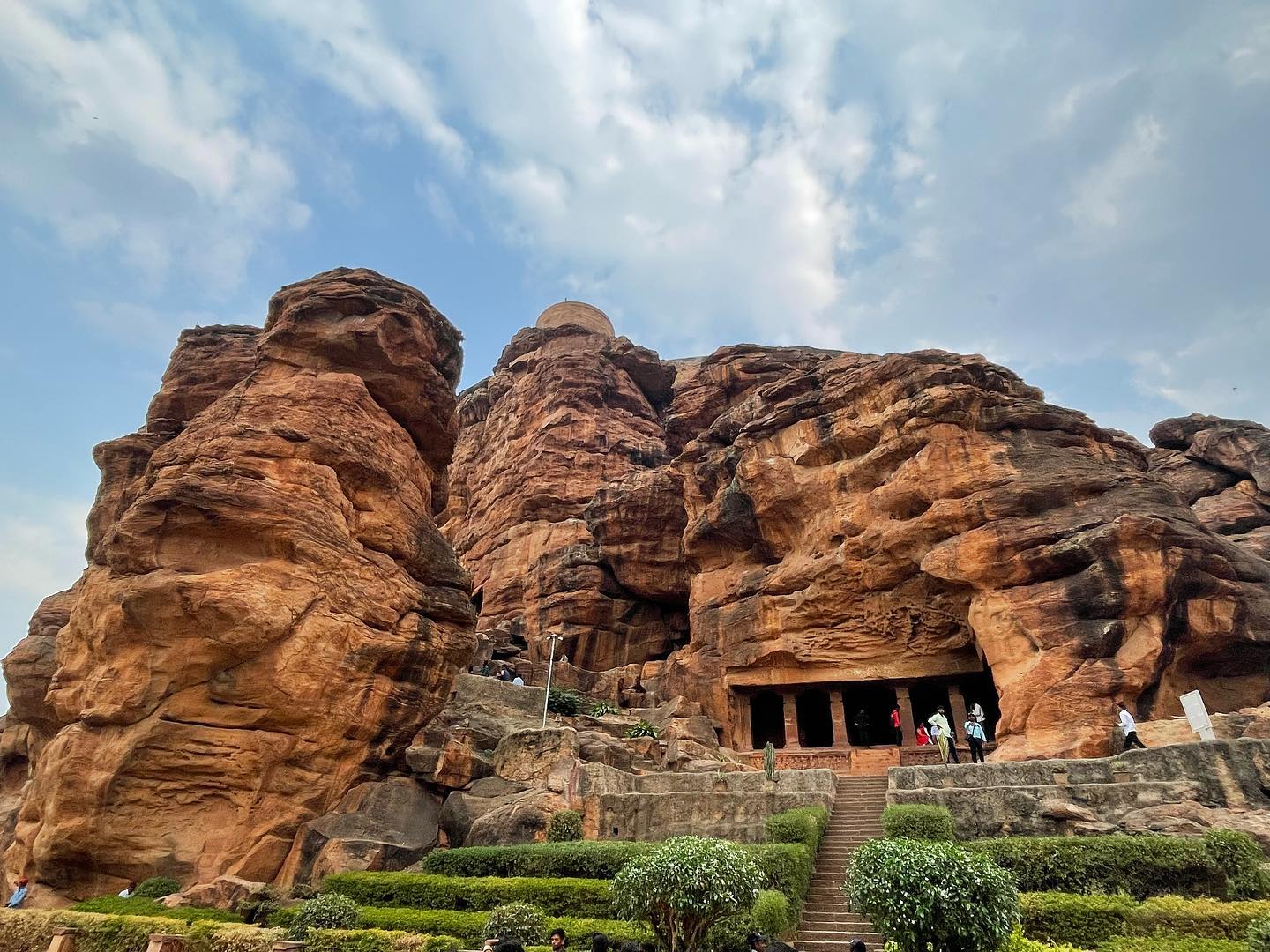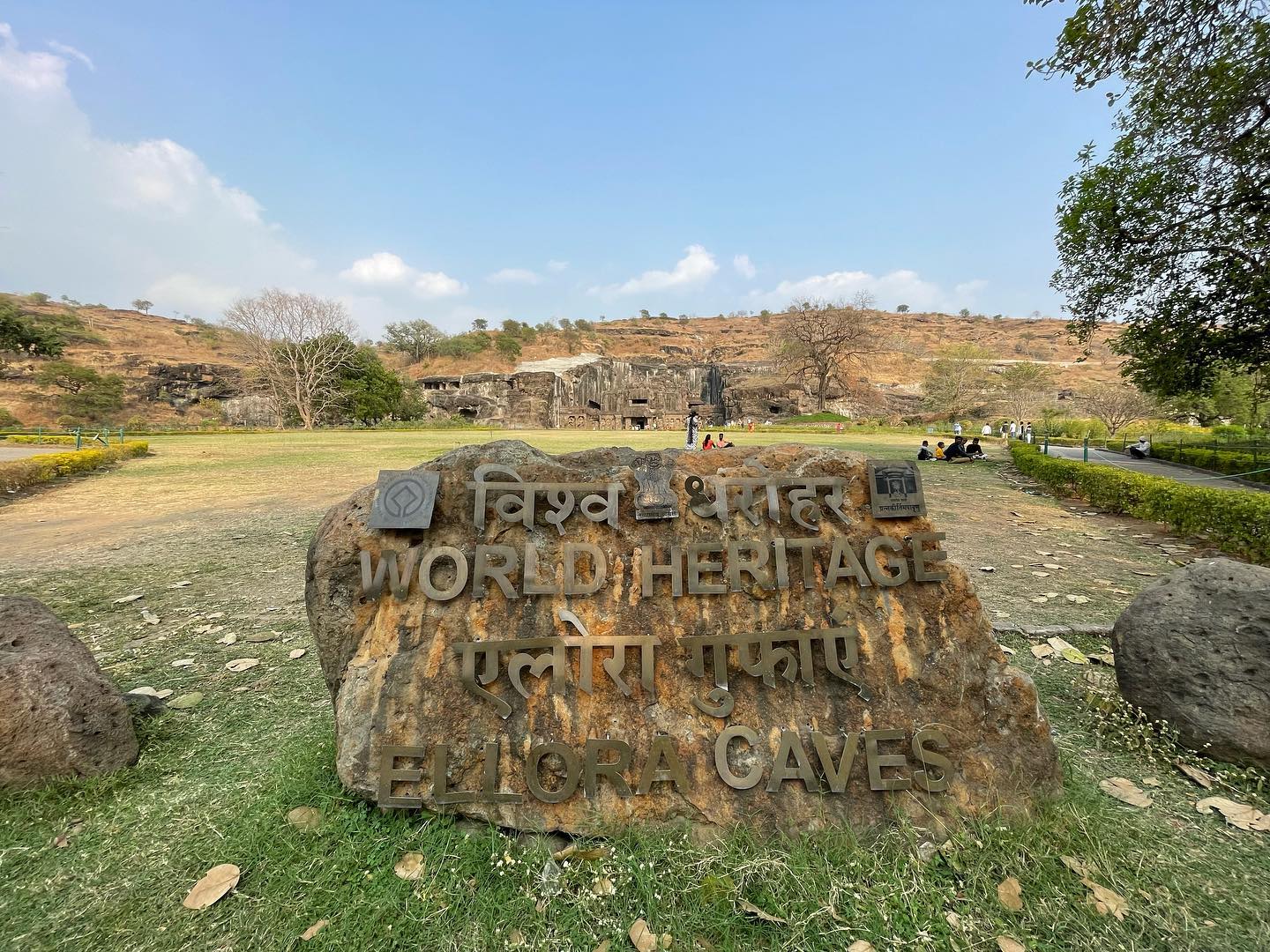21st November, 2021 – 22nd November, 2021
Delhi is the national capital territory of India. The city of Delhi actually consists of two components: Old Delhi, in the north, the historic city; and New Delhi, in the south, since 1947 the capital of India.
History
The earliest reference to settlements in Delhi are found in the Mahabharata a city called Indraprastha. the 1st century BCE, when RajaDhilu built a city near the site of the future QuṭabMīnār tower and named it for himself. The city fell under the hands of Muslim rulers who improved the city a capital of their kingdom and built many forts to protect from their enemies. The Mughals were the last rulers followed by the British. Sir Edwin Lutyens gave shape to the city and the British moved to the partially built New Delhi. Since India’s independence in 1947, Delhi has become the capital of India and a major metropolitan area.
Cuisines
Delhi’s cuisine is a mix of Indo-Persian culinary traits brought in by Mughals, the European and various refugee settlements who came from different parts of the country. Delhi assumed some of the aspects of the identity of all the types of people living in it, making multiple identities for itself. As a result, even the traditional food of New Delhi has no distinctiveness. Delhi is also often dubbed as the culinary capital of the nation. The little pieces of history clubbed together constitute Dehlvi Cuisine. Dehlvi is an Urdu word that translates to “From Delhi”
The rich Mughlai spread with its Persian nuances tempered with Indian tastes and flavours spelt magic. It was during this time that Delhi’s cuisine really began to emerge as one of the richest culinary fares across the world.
Humayun while returning from Persia brought along a lot of cooks, artists, painters and calligraphers.
Akbar had about 400 cooks from Persia and also cooks from all parts of India in giant kitchens that not only served the nobility but also thousands of people on special occasions.
A great deal of refinement was done during Shah Jahan’s reign not only in culture and architecture but in food too.
There were Kayasths, Baniyas, Muslims and Jains in Shahjahanabad. There were these four cuisines and there was a lot of layering and borrowing from each other
During the 18th century, a lot of people were falling sick because of the polluted canal and the food prepared with that water. It was in the late 18th century, when chillies entered Delhi’s food scene. So it was on the advice of a Hakim who lived in the old city that the cooks started preparing chaats, which were made with the use of all the spices and chillies that would boost digestion and your immunity without compromising on taste
Chandni Chowk area of the city boasts of the most delicious paranthas (a sort of bread). Infact, the entire area of Old Delhi is famous for the local Delhi cuisine. Then, there is the Bengali Market in New Delhi that is very popular for ChaatPapri, Golgappas, Sweets, etc. Delhi is also very popular for its roadside vendors that serve awesome local cuisine.
Lutyen’s Delhi has its own vintage charm tracing back to the colonial roots and their culinary masterpieces. The Punjabis gave the city its widely acclaimed Dal Makhani, Tandoori Chicken and Butter Chicken. Similarly, the Kolkata Kathi Rolls, Mughlai Parothas, Fish cutlets and the Ghugni of the Bengali settlement in CR Park and the Dosas, Idiappams and Utthapams of the South Indian inhabitants further adds to the richness of the local cuisine of Delhi.
